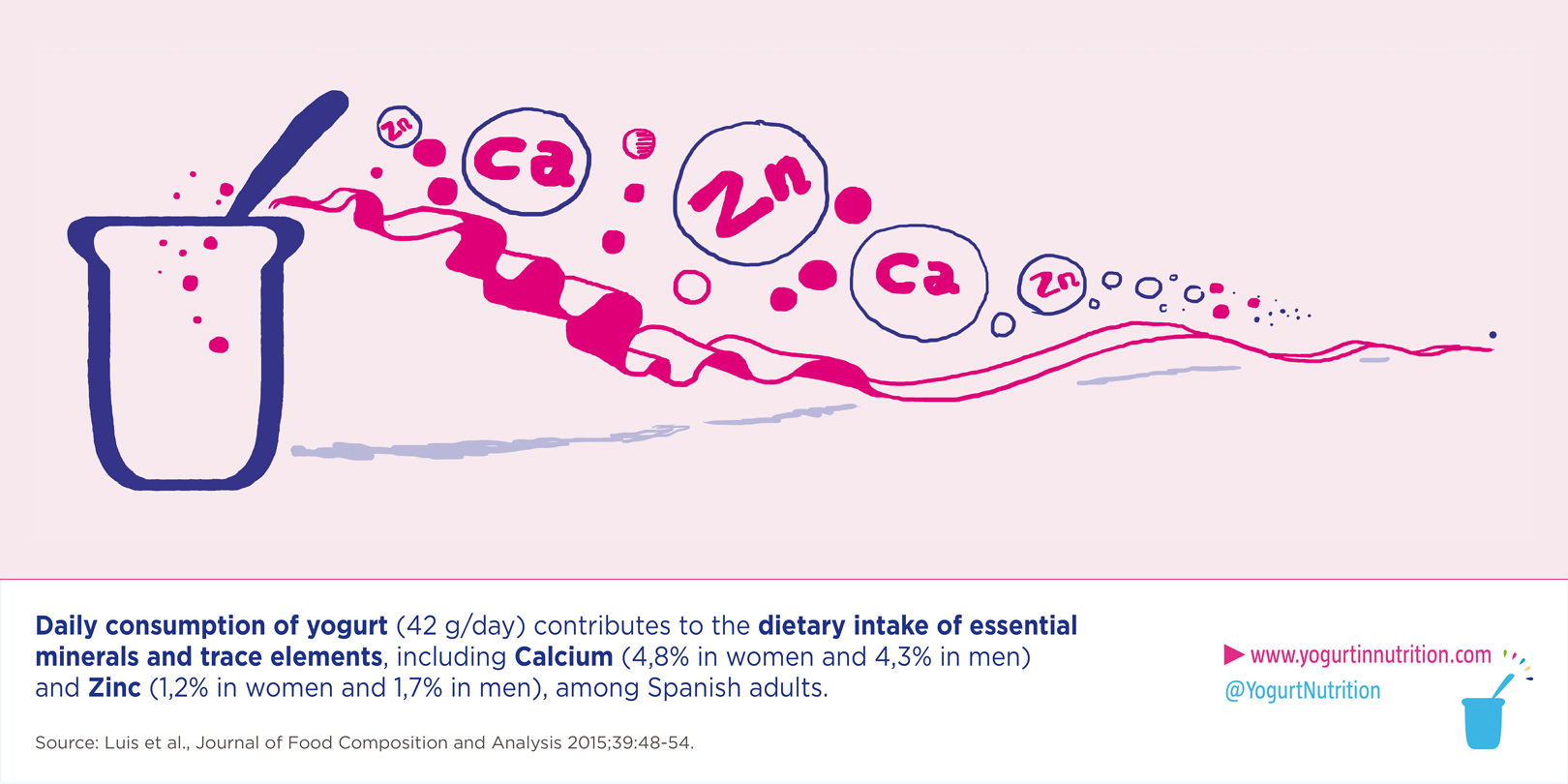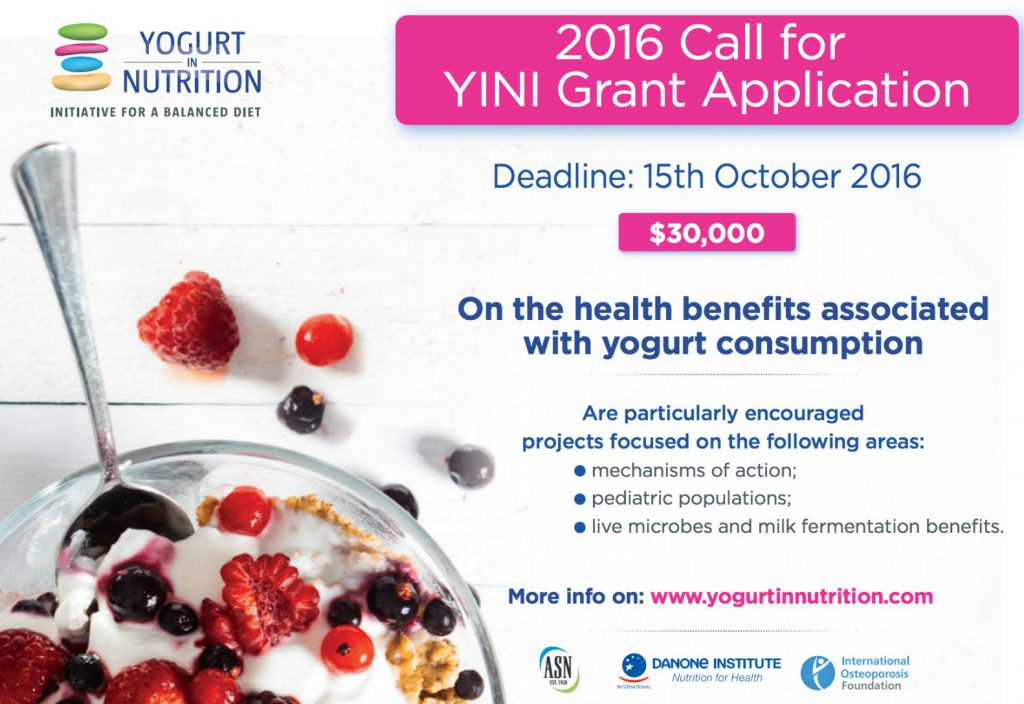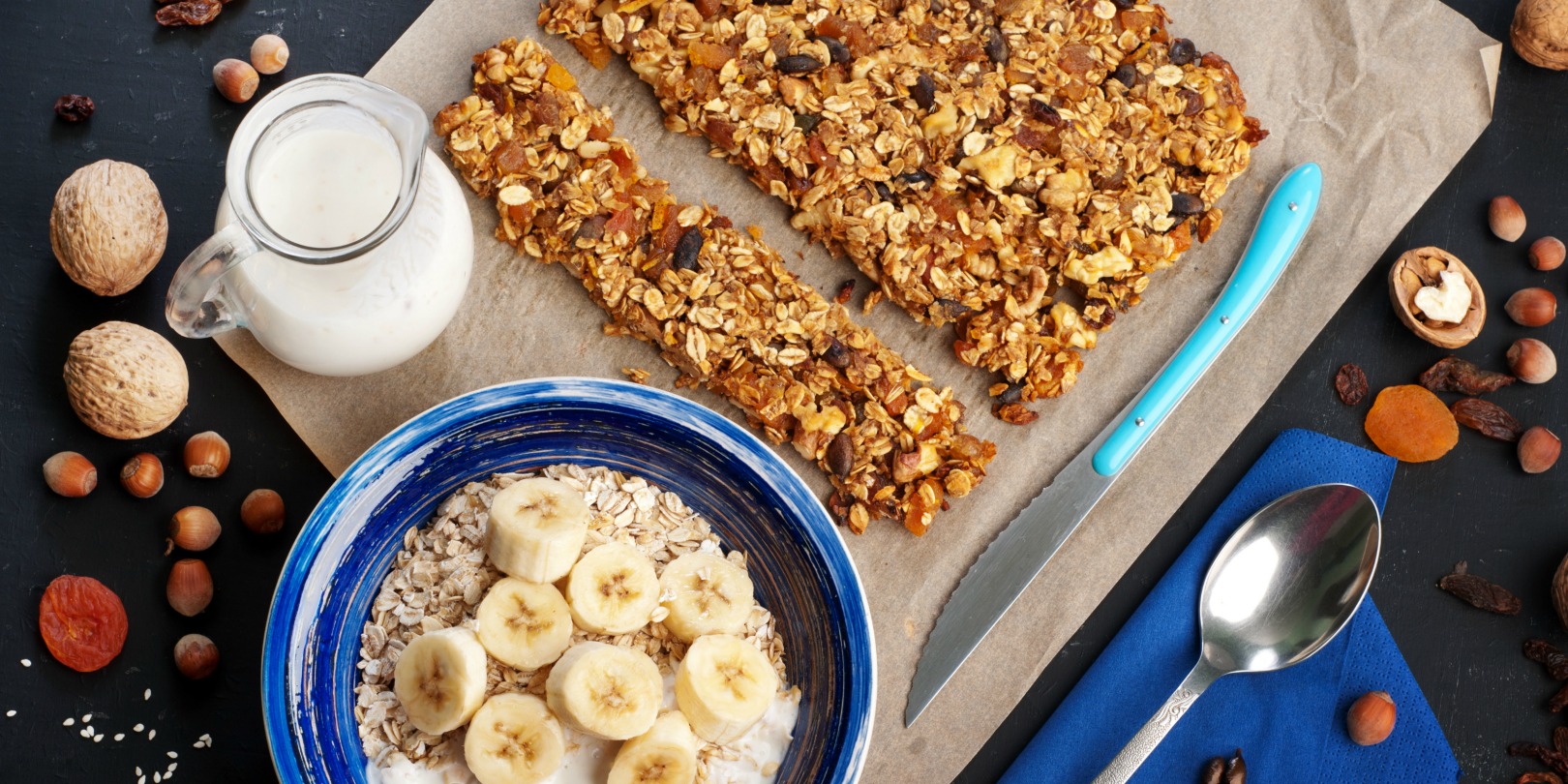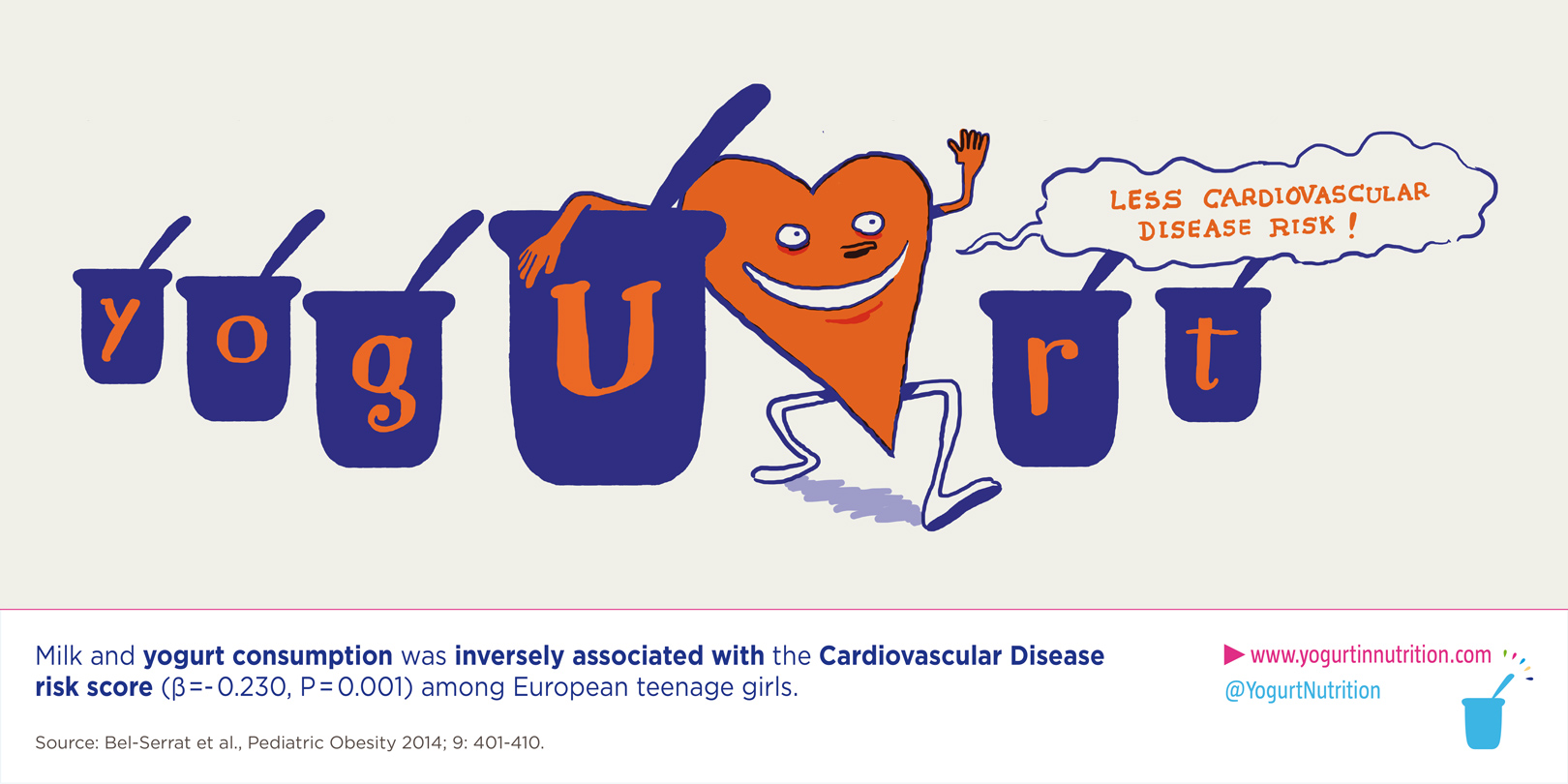Italian yogurt consumers are more likely to have adequate intakes of vitamins and minerals, and a higher quality score of the diet.
The aim of this study from Mistura, was to compare the diet quality of yogurt consumers and non-consumers in terms of food intake and nutrient adequacy through a diet quality index for Italian adults and elderly.
The PANDiet: Probability of Adequate Nutrient intake index
The diet quality in yogurt consumers and non-consumers was evaluated by applying the PANDiet index. This index reflects diet quality and is adaptable for use in different countries and relevant at the individual and population levels. It is composed of adequacy probabilities for 24 nutrients.
A better diet quality
Overall results showed that yogurt consumers had a significantly higher mean intake of energy, calcium and percentage of energy from total sugars; whereas the mean percentage of energy from total fat, saturated fat and total carbohydrate were significantly lower than in non-consumers. Researchers found that Italian adults and elderly, who consumed yogurt had a higher PANDiet score for nutrient intake such as dietary fiber, vitamin D, zinc, iron, etc. But the highest percentage variation between yogurt consumers and non-consumers was observed for calcium (34% higher in yogurt consumers), potassium (33%) and riboflavin (22%).
To learn more, read the original article.













